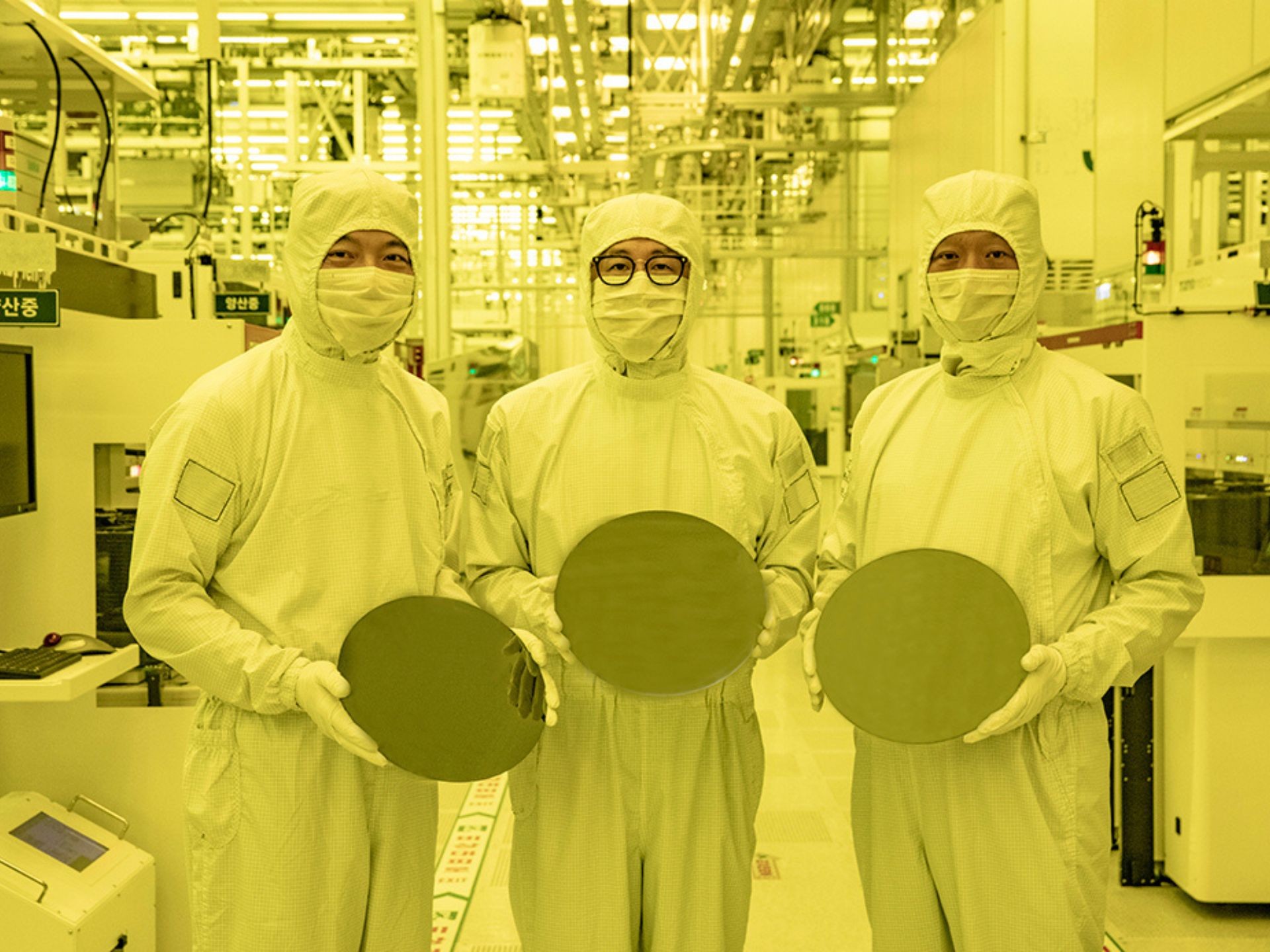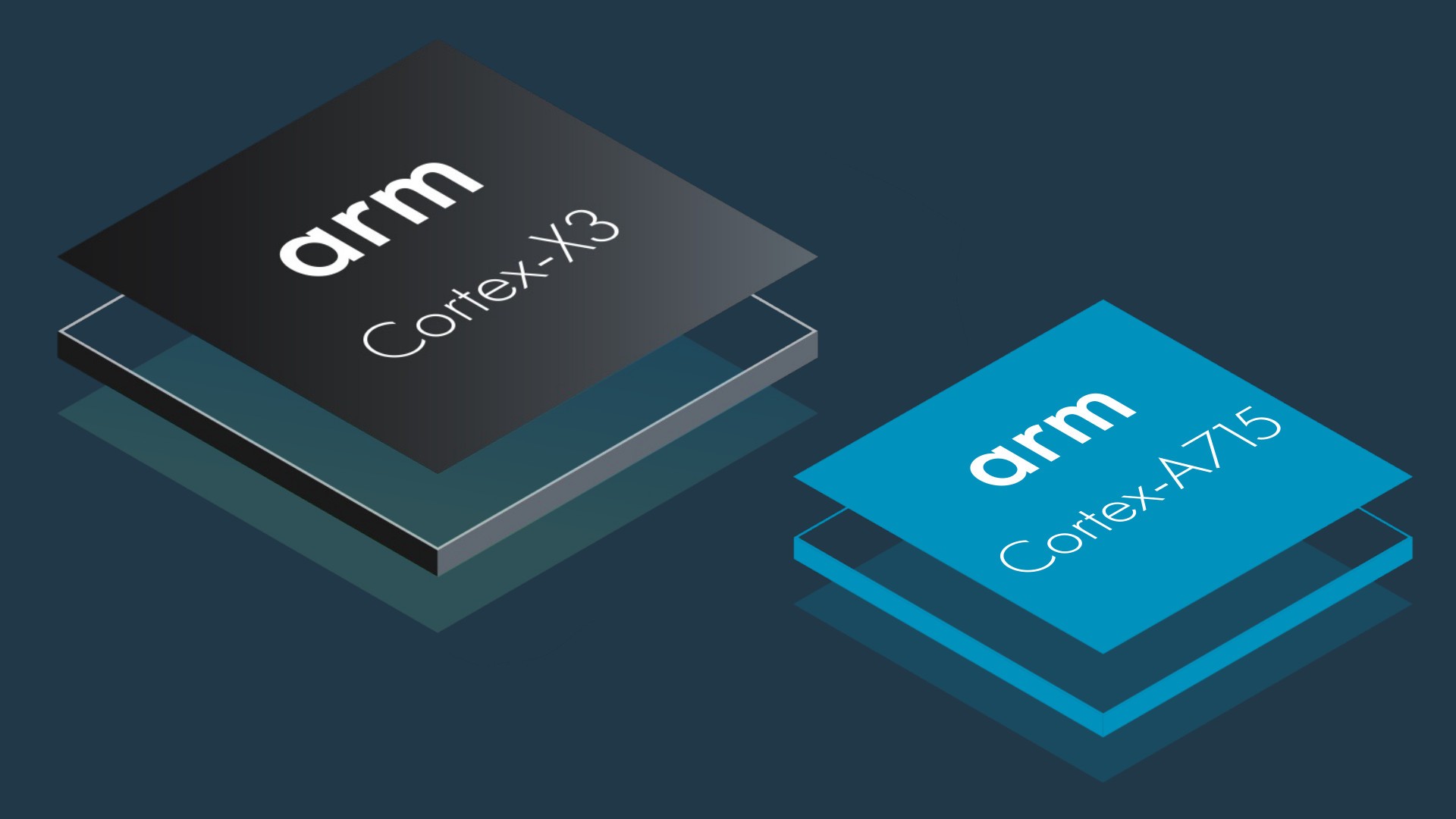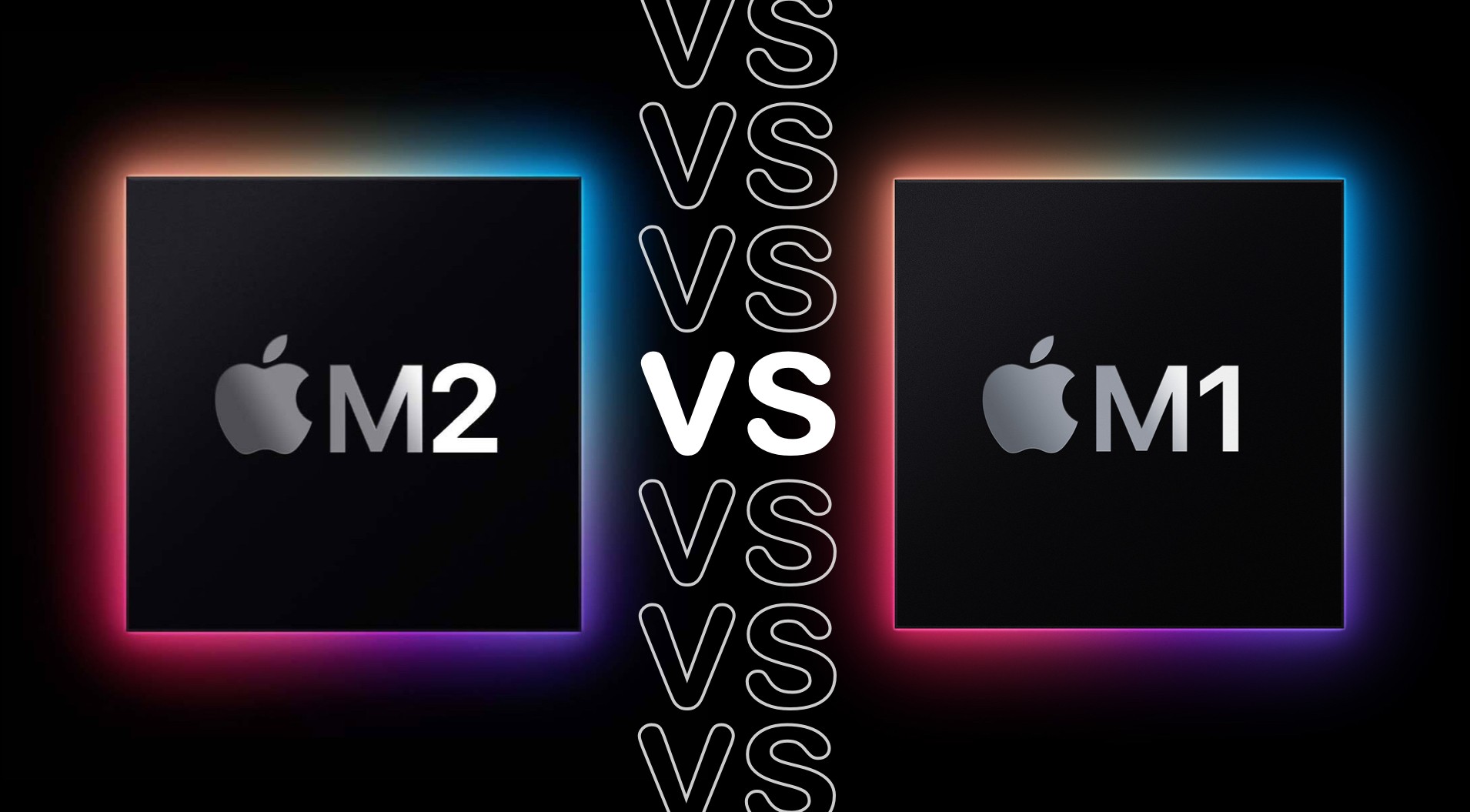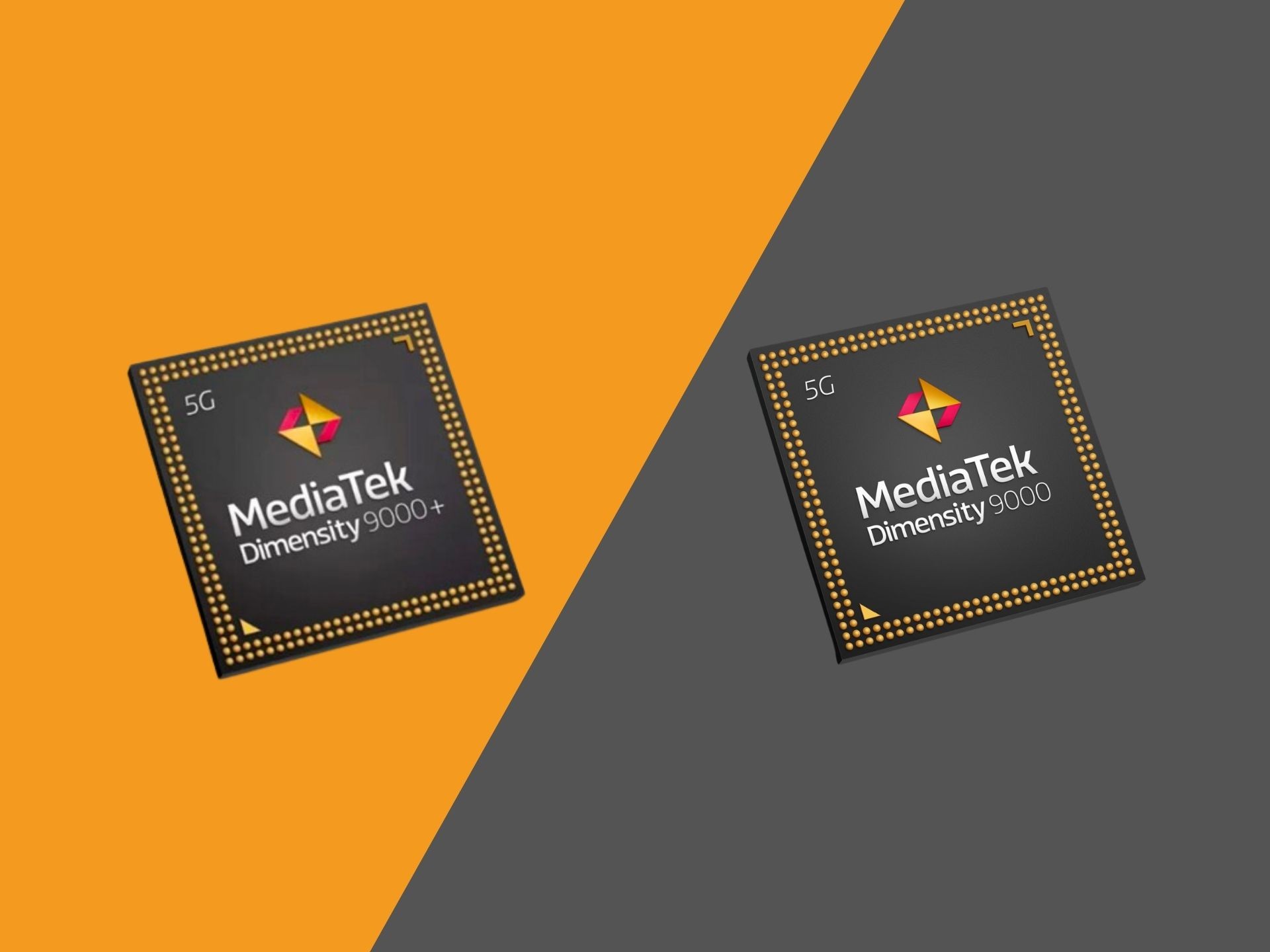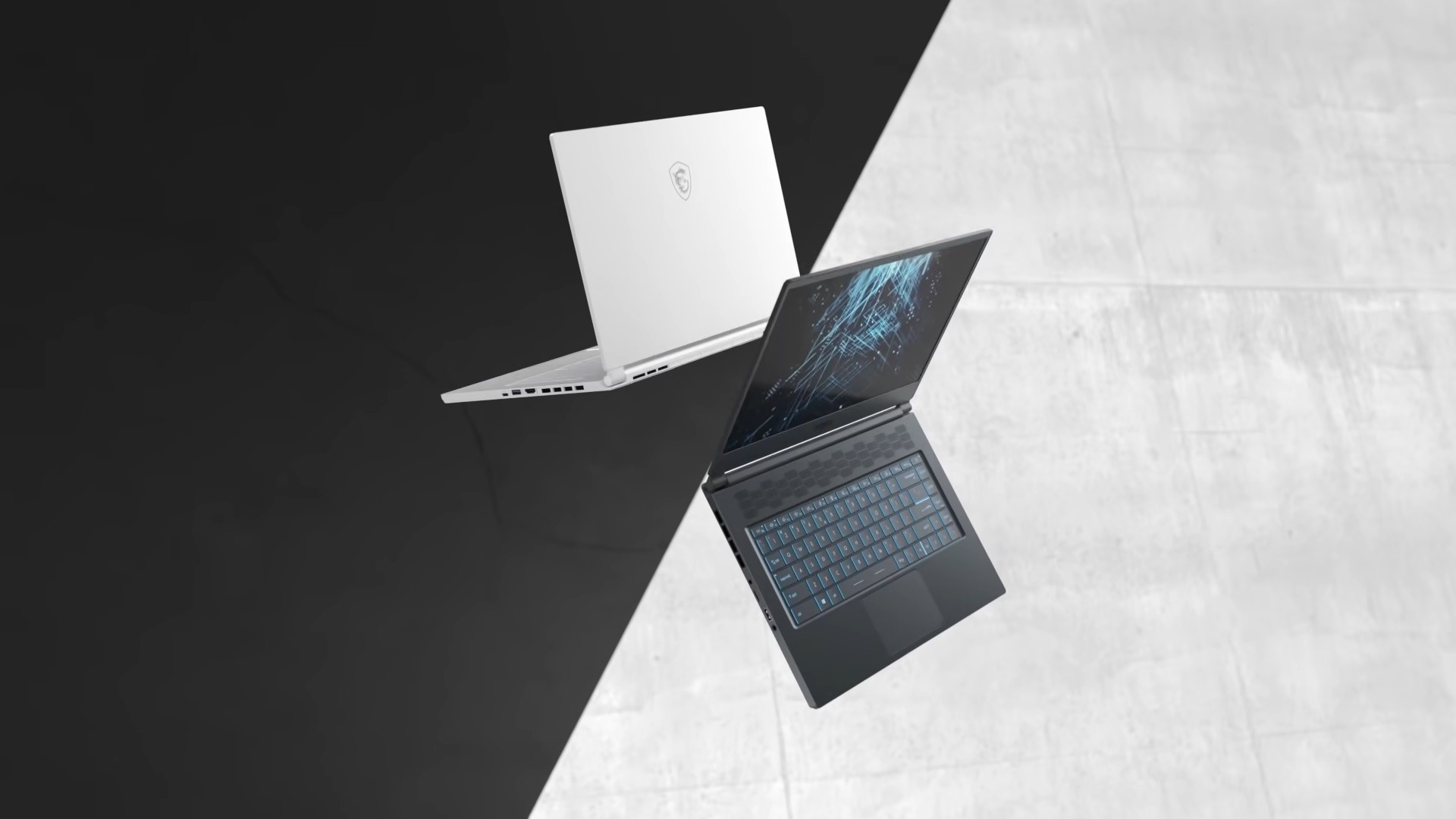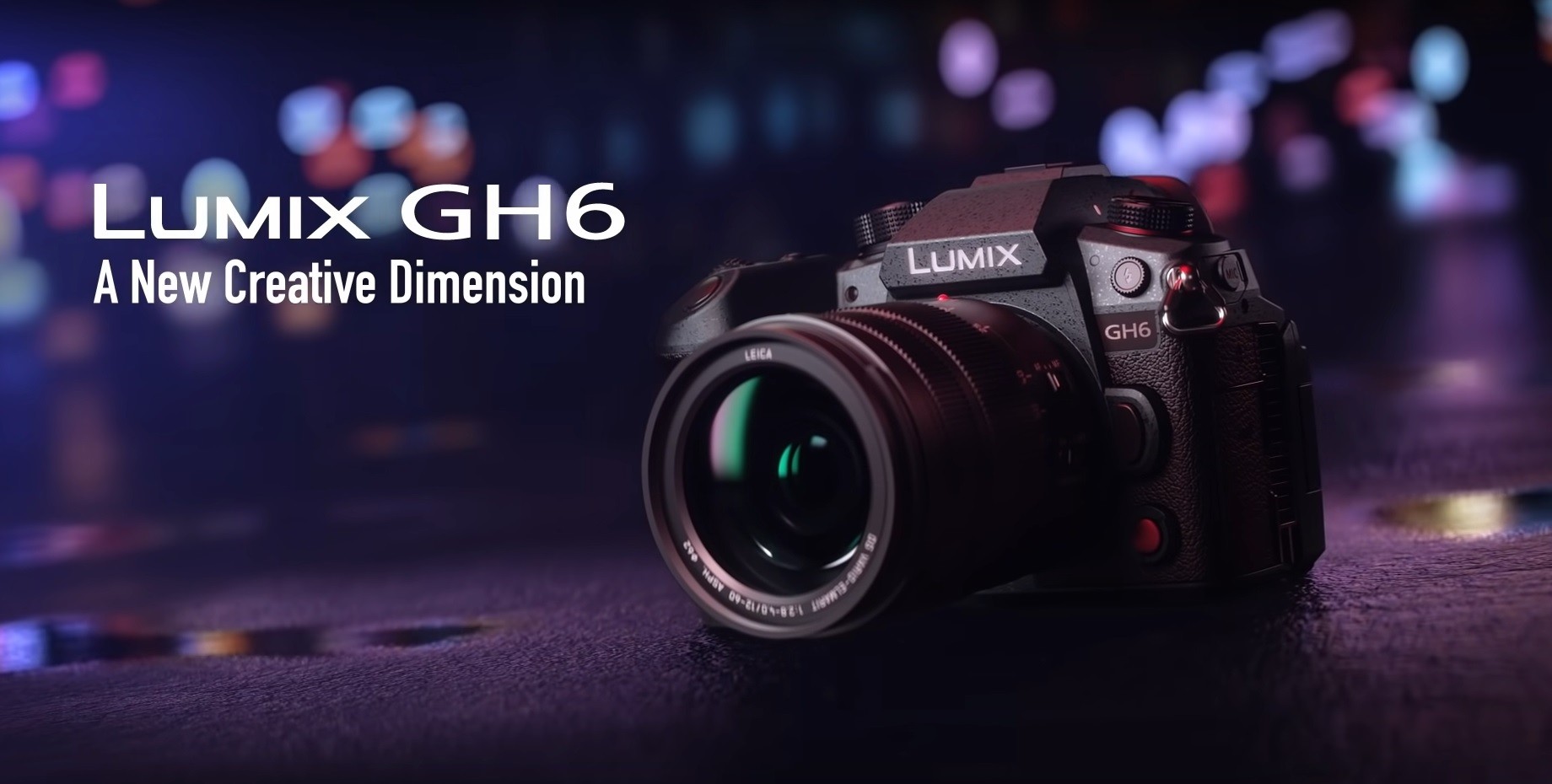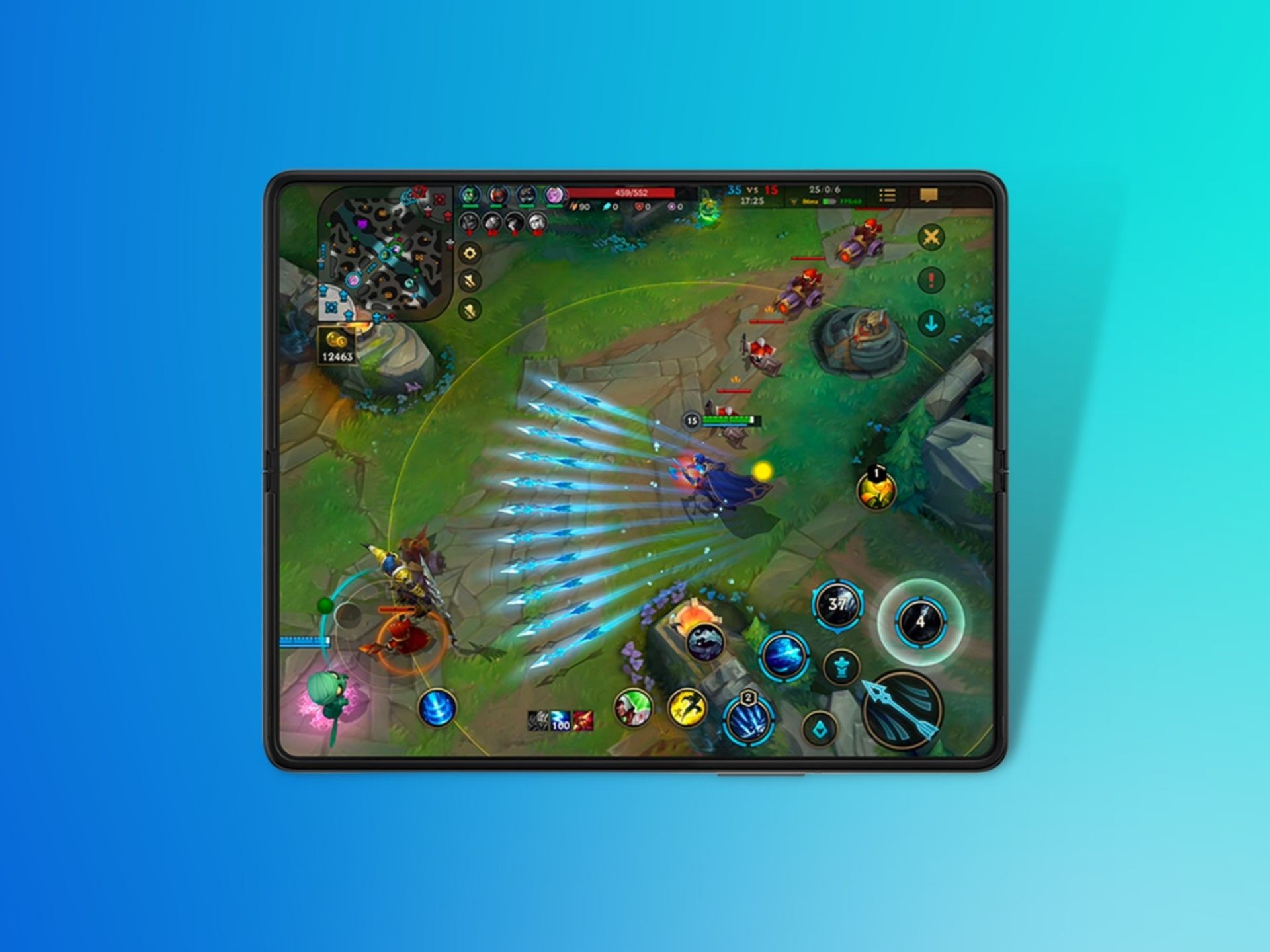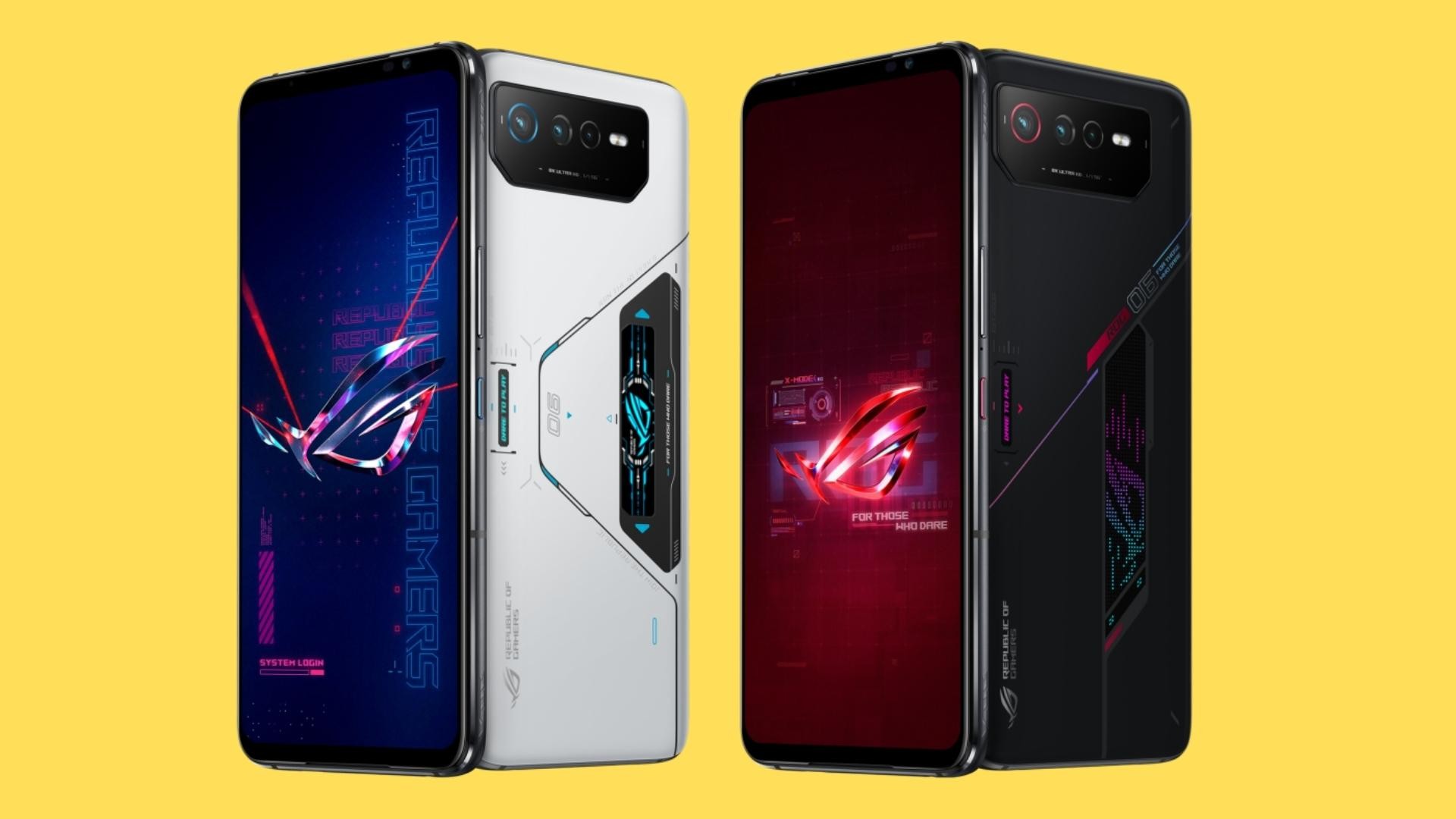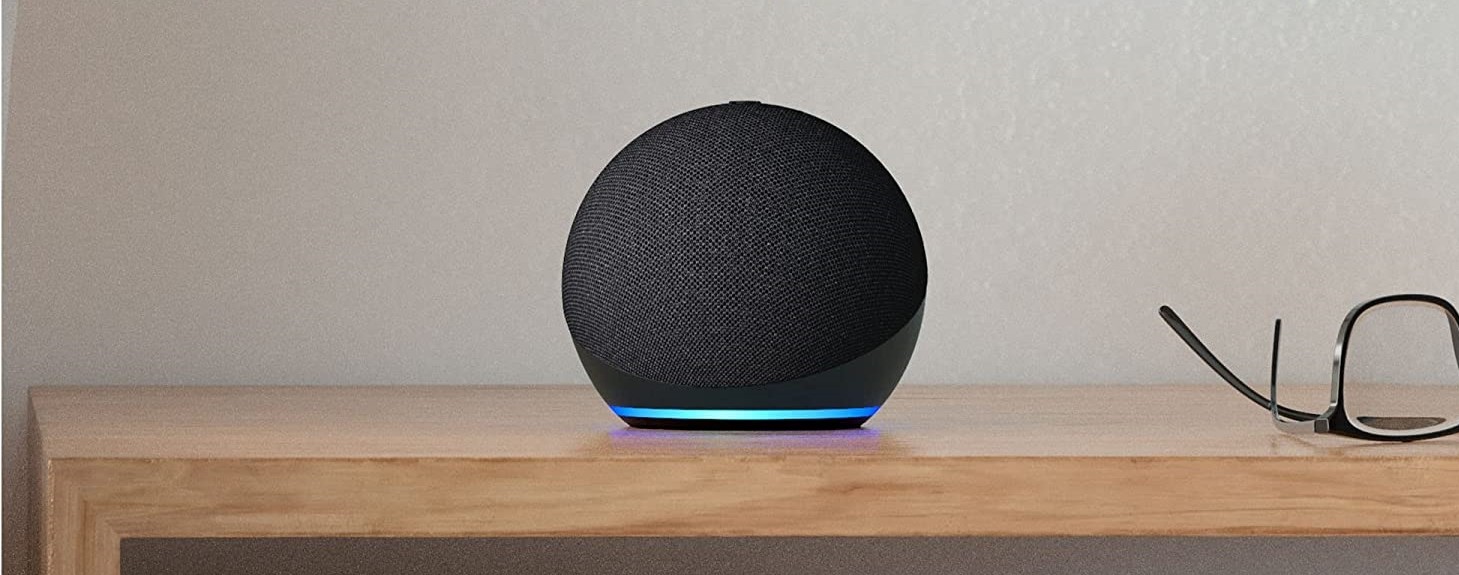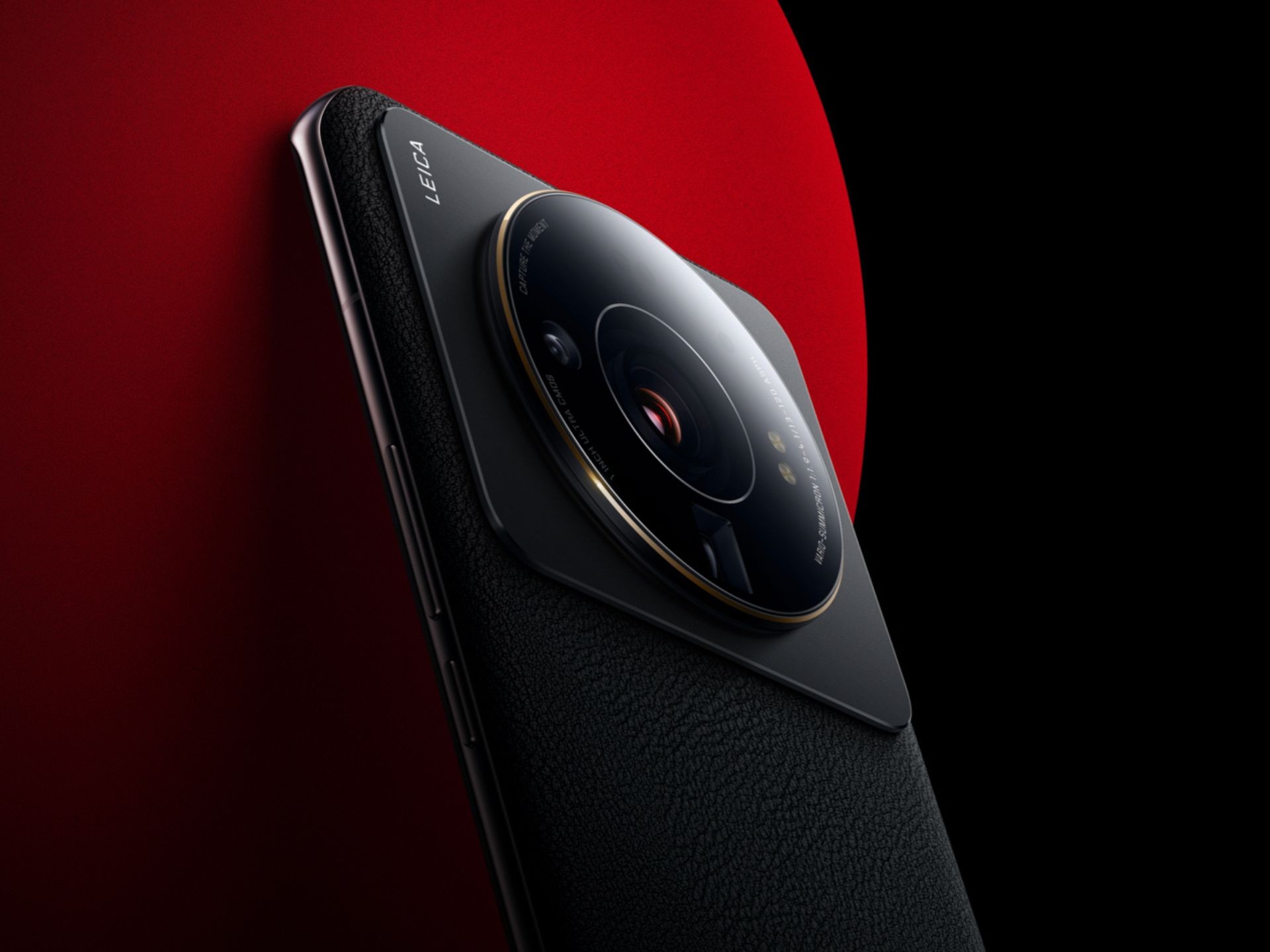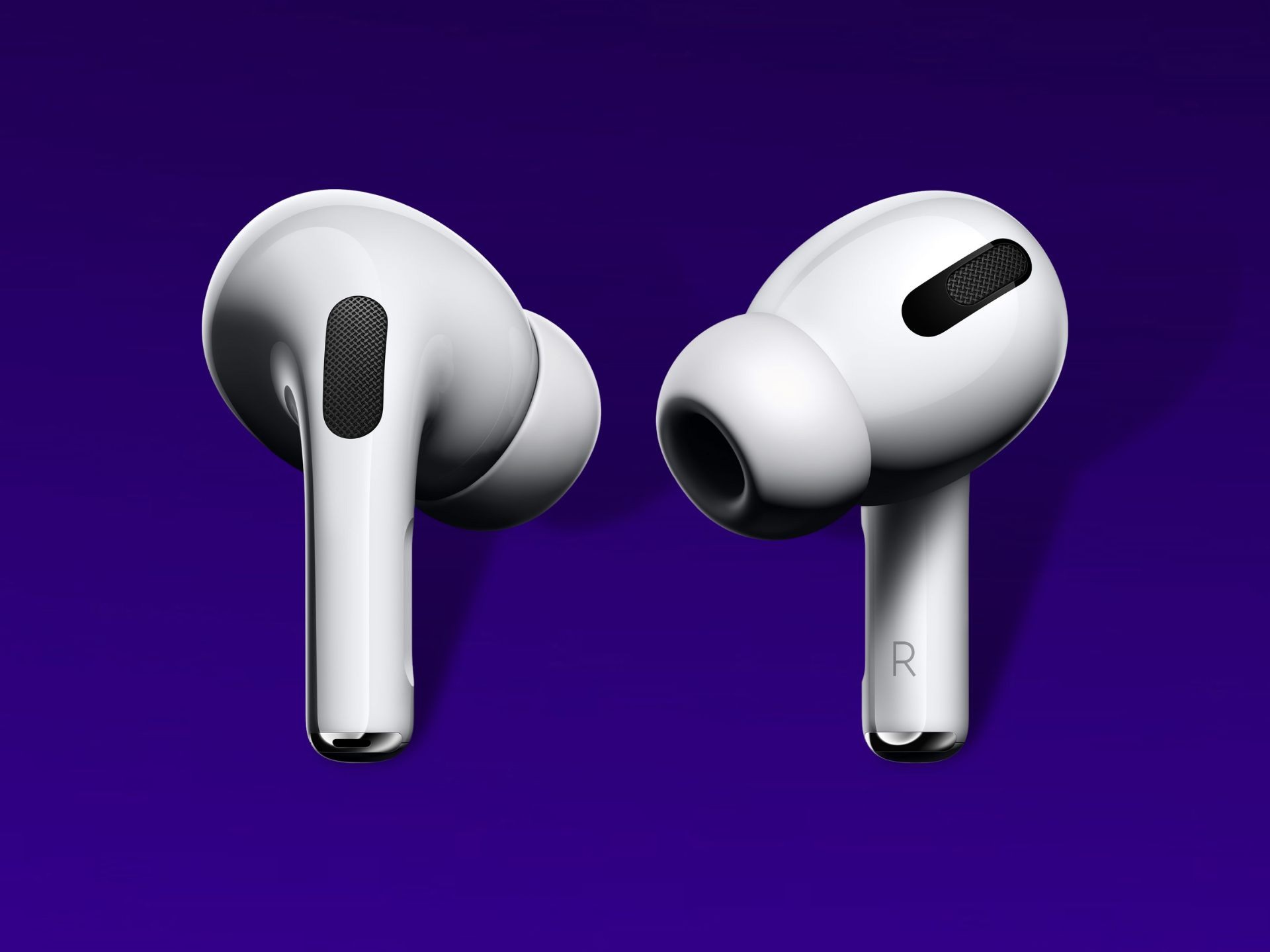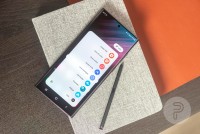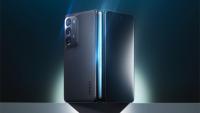Everything you need to know about all Apple custom chips
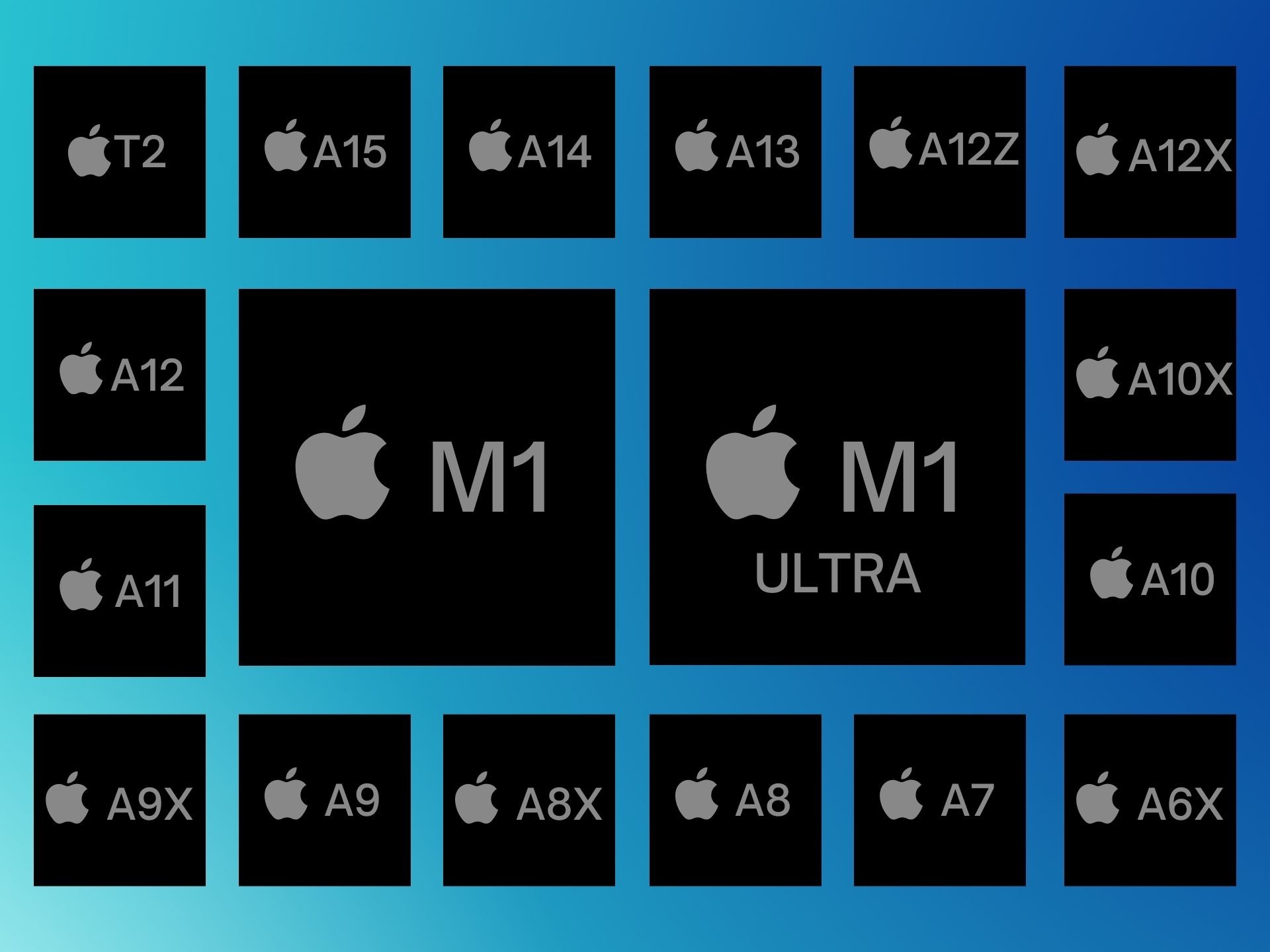
Apple has been developing its own custom silicon for iPhones, iPads, Apple Watches, and many other products for several years. It has more than a decade’s worth of experience and employs many talented individuals, and it also has partnerships with leading semiconductor companies to produce these chips. Over the past few years, the company decided to take matters into its own hands, and it started to reduce using chips from companies such as Intel and AMD.
With the introduction of the new M series of chips, Apple completely changed the game for Mac machines. Apple is a perfect example of what happens when a company controls so much of its infrastructure. It allows it to create more powerful chipsets that are more efficient than the ones offered by the competition. Optimizing devices, developing hardware, and creating a platform where these products can communicate with each other provides users with an ecosystem that they can rely on and trust. We decided to make a dedicated page that explains the many different chipsets that Apple has created over the years and is currently using in its portfolio of devices.
CONTENTS CLOSEApple U-Series
The Apple U series chip implements the ultra-wideband radio, and it allows Apple devices to locate products, such as iPhones, AirPods, and the AirTag. The U chip communicates with other Apple devices using the ultra-wideband that uses high frequency, low range, radio signals to locate devices accurately. The chip lets users find gadgets and smartphones to a highly accurate level, and it’s more precise than traditional GPS and Bluetooth trackers.
These Apple devices are using the U1 Chip:
- AirTag
- Apple Watch Series 6
- Apple Watch Series 7
- HomePod mini
- iPhone 11
- iPhone 11 Pro
- iPhone 11 Pro Max
- iPhone 12
- iPhone 12 mini
- iPhone 12 Pro
- iPhone 12 Pro Max
- iPhone 13
- iPhone 13 mini
- iPhone 13 Pro
- iPhone 13 Pro Max
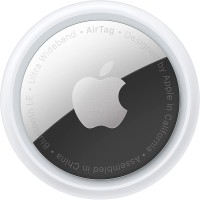
Apple AirTag
The Apple AirTag lets you easily keep track of your devices, pets, bags, and other items using the Find My app. It's easy to set up, and it works on all Apple devices such as iPhone, iPad, and Mac.
Apple W-Series
The Apple W series of chips are used in wireless devices, such as AirPods (first generation) and Beats headphones (Beats Flex, Beats Solo3, Beats Studio3, BeatsX, Powerbeats3), and wireless earbuds. The “W” stands for “wireless”. It’s also worth noting that the Apple Watch Series 3 also relied on the W2 chip to improve Wi-Fi and Bluetooth efficiency, and it was integrated into the Apple S3 chip, which powered the smartwatch. The Apple Watch Series 4, Series 5, Series 6, SE, and later the Series 7 relied on the improved Apple W3 chip to improve connectivity and support Bluetooth 5.0.
Apple H-Series
The Apple H series of chips are mainly used in headphones and other wireless audio devices. The “H” stands for “headphones”. The Apple H1 chip was first introduced in 2019, and it was used by the AirPods 2, AirPods 3, and later in Beats products, such as the Powerbeats Pro, Beats Solo, AirPods Pro, and more. The AirPods Max was unveiled in 2020, and it also relied on the H1 chip to manage connectivity, firmware, and Bluetooth connection.
These Apple and Beats devices are equipped with the Apple H1 Chip.
- AirPods (2nd generation)
- AirPods (3rd generation)
- AirPods Max
- AirPods Pro
- Beats Solo Pro
- Powerbeats (2020)
- Powerbeats Pro
- Beats Fit Pro
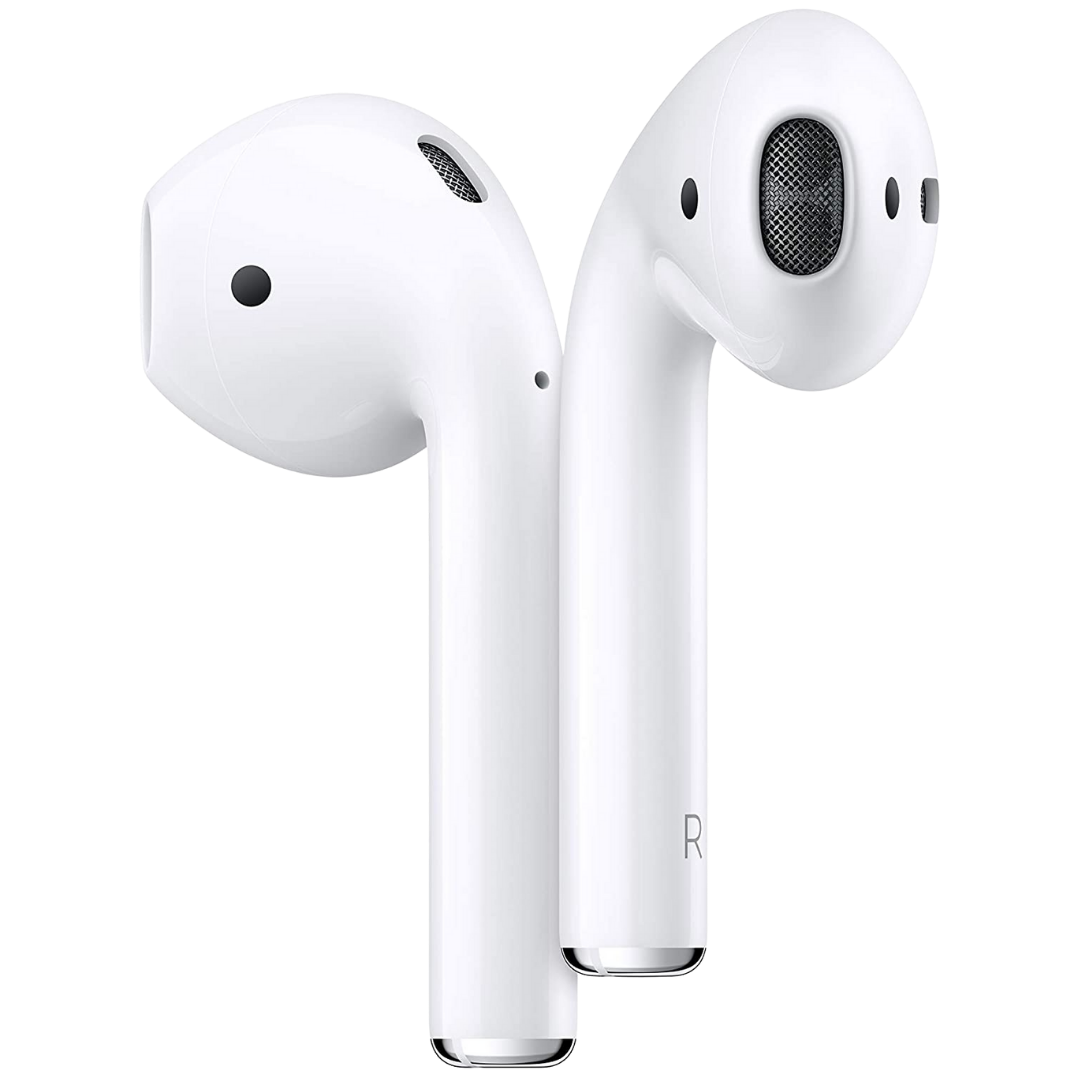
Apple AirPods 2
The Apple AirPods second generation comes with "Hey Siri", and it provides a total of 24 hours of listening time with the charging case. It provides a seamless connection with Apple devices, and it's the cheapest wireless earbuds from Apple.
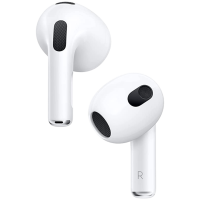
Apple AirPods 3
AirPods 3 are the latest generation wireless earbuds from Apple. It supports Spatial Audio, Adaptive EQ, and it has force sensors that let you easily control the earbuds while listening to music, watching movies, or taking a call. The earbuds are sweat and water resistant, and can last up to 6-hours on a single charge, or 30-hours provided by the MagSafe charging case.

Apple AirPods Pro
AirPods Pro offers Active Noise Cancellation, Transparency mode to hear the world around you, and Adaptive EQ to fine-tune audio to your ears. The earbuds are sweat and water-resistant and last up to 6-hours on a single charge.
Apple S-Series
The Apple S series of chips are used in Apple Watches, and the Apple S1 chip was released on September 9, 2014 alongside the first-generation Apple Watch. Apple usually unveils a new version of S series chip alongside the new Apple Watch, and at the time of writing this, Apple is currently at Apple S7 generation, which includes a 64-bit processor. The chip controls the processor, storage, memory, connectivity, and other components to ensure the watchOS can communicate with other Apple devices, such as iPhones, to handle notifications, messages, calls, etc.
Each new generation of S chip usually includes several performance improvements over their predecessor. Apple sometimes integrates new chips, or sensors inside to improve tracking and offer more measurement methods for users to track their health and activities.
The HomePod mini also relies on the Series 5 chip to power the device and ensure it can connect and communicate with other Apple devices.

HomePod mini
The Apple HomePod mini comes with Siri, and it provides a crisp and 360-degree audio surround sound system.
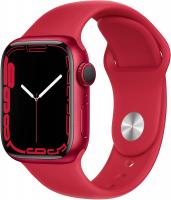
Apple Watch Series 7
It’s available in 41mm and 45mm models, and it has GPS and cellular versions. The cellular is best recommended for those who want to take calls while out and about, and those who want to connect to the internet, make calls while away from their devices.
Apple T-Series
The Apple T series of chips ensure that Mac devices aren’t tampered with, and it allows Mac machines to boot up securely. The chips also process and encrypt biometric information, such as Touch ID fingerprints, and it protects the microphone and the FaceTime camera from hacking.
Apple released two versions of the T chip over the years, the Apple T1, and the Apple T2. The T1 chip was an ARMv7 chip, and it was used in the 2016 and 2017 MacBook Pro laptops to ensure secure boot and protect encryption keys and store Touch ID biometric information. The T2 chip was first released with the iMac Pro 2017 machine, and it used a 64-bit ARMv8 chip that ran bridgeOS 2.0. It protected the storage drives and was used in Mac computers until the 13-inch MacBook Pro, the Early 2020 version.
Apple is no longer using the T series of chips to protect its machines from tampering and hacking, since the new M series of SoCs have the processes built-in to protect the internals.
Ever since Apple decided to use its own custom silicon (M series) chips to power its machines, the process, and security methods are built into the SoC itself; therefore, there is no longer a need to keep and use a dedicated chip.
These Mac computers are equipped with the Apple T2 Security Chip:
- iMac (Retina 5K, 27-inch, 2020)
- iMac Pro
- Mac Pro (2019)
- Mac Pro (Rack, 2019)
- Mac mini (2018)
- MacBook Air (Retina, 13-inch, 2020)
- MacBook Air (Retina, 13-inch, 2019)
- MacBook Air (Retina, 13-inch, 2018)
- MacBook Pro (13-inch, 2020, Two Thunderbolt 3 ports)
- MacBook Pro (13-inch, 2020, Four Thunderbolt 3 ports)
- MacBook Pro (16-inch, 2019)
- MacBook Pro (13-inch, 2019, Two Thunderbolt 3 ports)
- MacBook Pro (15-inch, 2019)
- MacBook Pro (13-inch, 2019, Four Thunderbolt 3 ports)
- MacBook Pro (15-inch, 2018)
- MacBook Pro (13-inch, 2018, Four Thunderbolt 3 ports)
Apple A-Series
Apple’s A-series of chips are used in the iPhone flagship smartphone lineup and the recently announced Studio Display. It also powers iPads, and the Apple TV HD and 4K are also equipped with the older A8, and A12 series of chips to run the download movies, process the image, and do the heavy lifting. The recently announced Studio Display is equipped with the Apple A13 Bionic chip to process images, and power the web camera and speakers.
Apple started including its own chips back in 2007, when it revealed the first iPhone. It included a 412MHz single-core ARM11 chip, and it was manufactured by Samsung using the 90 nm process. The first generation of iPod Touch also used this very same SoC to handle tasks and power the device. Apple made four chips before switching over to the A-series.
While Apple develops its own chips to power the devices, the iPhones and iPads still rely on many other chips and modems to handle connectivity such as 5G, Wi-Fi, and even storage is made by other companies such as Samsung. Fun fact: The Face ID chip was introduced with the iPhone X back in 2017, powered by the Apple A11 Bionic chip, produced on the 10nm process.
Apple developed these chips before the A-series:
- APL0098: used in the original iPhone, iPhone 3G, and first-generation iPod Touch
- APL0278: used in second-generation iPod Touch
- APL0298: used in the iPhone 3GS
- APL2298: used in third-generation iPod Touch
Apple developed these chips under the A-series:
- Apple A4
- Apple A5
- Apple A5X
- Apple A6
- Apple A6X
- Apple A7
- Apple A8
- Apple A8X
- Apple A9
- Apple A9X
- Apple A10 Fusion
- Apple A10X Fusion
- Apple A11 Bionic
- Apple A12 Bionic
- Apple A12X Bionic
- Apple A12Z Bionic
- Apple A13 Bionic
- Apple A14 Bionic
- Apple A15 Bionic
Apple A15 Bionic
The Apple A15 Bionic SoC is currently the latest chip that powers the iPhone 13 series, including the iPhone 13 mini, iPhone 13, 13 Pro, and 13 Pro Max. The A15 Bionic is built on the 5nm process, and it has two high-performance and four high-efficiency cores. If you want to find out more about how the iPhone 13 series performs daily, we recommend you watch our review video.
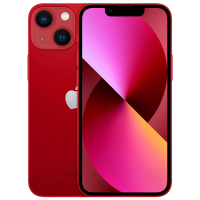
Apple iPhone 13 mini
The iPhone 13 mini is a smaller version of the standard iPhone 13. It comes with the same powerful chipset, excellent dual camera on the back, and it has a much improved battery life over the iPhone 12 mini.
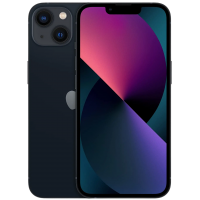
Apple iPhone 13
The iPhone 13 is the default smartphone from Apple for 2021. If you're looking for an experience that remains fast and fluid over years to come and not lacking on any hardware front, this is the device to get.
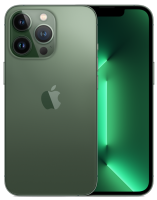
Apple iPhone 13 Pro
If you're looking for a device that ticks all the boxes and has an excellent battery life, high-refresh-rate display, and it can capture breathtaking photos, this is the best iPhone that money can buy.
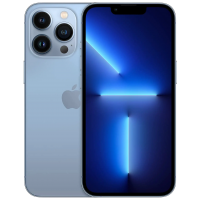
Apple iPhone 13 Pro Max
If you're looking for an even bigger display than the standard iPhone 13 and 13 Pro, the 13 Pro Max has everything you're looking for, and it can even last longer thanks to the larger battery.
Apple M-Series

Apple’s M-series of chips are used in iPad Air, iPad Pro, MacBook Air, MacBook Pro, Mac Mini, Mac, and Mac Studio computers and tablets. The first generation of M1 chip was introduced in 2020, alongside the MacBook Air, Mac mini, and the 13-inch MacBook Pro machines. The M1 series of chips are manufactured on TSMC’s 5nm process, and they’re the most capable and efficient chipsets from Apple to this date.
Thanks to the SoC, Apple was able to integrate security components, such as the T-series of chips, inside the M-series to make them more secure. Apple uses Rosetta 2 to enable Apple silicon computers to use apps built for Mac devices with an Intel processor. While there is a measurable performance hit, it’s insignificant, and general users can often not tell the difference.
Apple M1
The Apple M1 chip was first introduced in 2020 alongside the updated MacBook Air (M1, 2020), Mac mini (M1, 2020), 13-inch MacBook Pro (M1, 2020). Apple later also updated the 24-inch iMac (M1, 2021), and it also equipped two iPad series with the powerful chip, including the iPad Pro (5th generation) and iPad Air (5th generation) of devices.
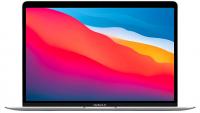
13-inch Apple MacBook Air
Powered by M1
The M1 MacBook Pro and MacBook Air are some of the most affordable Apple laptops which are excellent for light tasks, and they can even handle some heavy editing and tools when required.
Apple M1 Pro

The Apple M1 Pro chip has eight to ten CPU cores and 14 to 16 GPU cores. All M1 Pro equipped Mac computers have a 16-core Neural Engine for AI processing and have up to 32GB of unified memory. The performance of the M1 Pro is ideal for those who edit video, multitask using graphics-intensive software, and need a machine that can do it all without breaking a sweat. The M1 Pro chip can be found in MacBook Pro laptops.
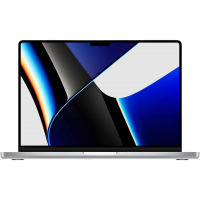
14-inch Apple MacBook Pro
Powered by M1 Pro
The 14-inch MacBook Pro is one of the most compact laptops from Apple that packs a punch. It has a large display, and the performance it can provide is unseen in other equally sized devices from the competition.
Apple M1 Max

The M1 Max is a beefier version of the Apple M1 Pro chip, and it has up to 10 cores of CPU, up to 32-core GPU, and up to 64GB of unified memory. The M1 Max is ideal for video editors, those professionals who require even more graphical power on-the-go, and those who multitask and edit large files. Software developers also benefit from the additional performance when compiling large projects. The M1 Max can be found in the new generation of MacBook Pro laptops and the Mac Studio computer.

16-inch Apple MacBook Pro
Powered by M1 Pro / Max
The 16-inch MacBook Pro is the perfect laptop for professionals who require a powerful device in a fairly compact form factor. It has a large 16.2-inch display, and it can be configured with specifications that can improve the workflow.
Apple M1 Ultra
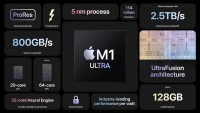
The Apple M1 Ultra is the most powerful Apple SoC to this date, and it can be found in the recently announced Mac Studio. The Apple M1 Ultra is built on the 5nm process, and Apple used two M1 Max chips using a process they call “Ultra Fusion” to connect them together. The result is a 20 core CPU and up to 64 core GPU that can have up to 128GB of unified memory. The chip also has a 32-core Neural Engine, which is used for AI processes and learning.
Apple managed to pack a lot of power in this chip, but it announced that it has one more SoC left that will be placed in a future Mac Pro desktop computer. We don’t have any concrete information, but we expect that Apple could potentially use Ultra Fusion to connect two M1 Ultra chips, providing twice the performance of the industry-leading Mac Studio with the M1 Ultra.
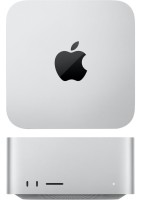
Apple Mac Studio
Powered by M1 Max / Ultra
The Mac Studio is one of the most powerful desktop computers in Apple's lineup, and it offers speeds that are considered essential for professional video editors, audio makers, and graphics designers.
